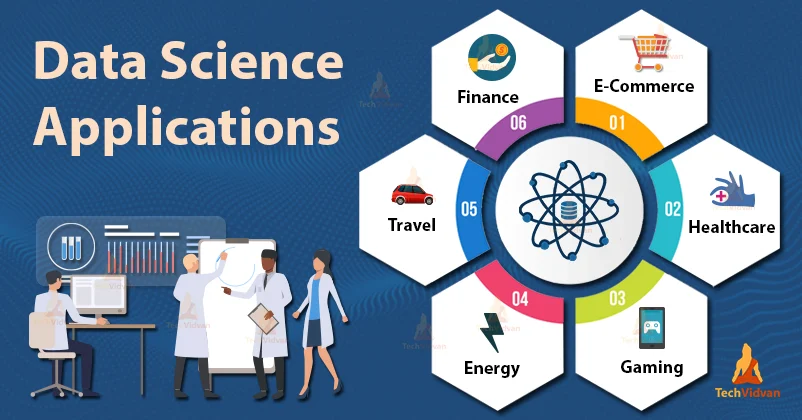
With the advent of advanced technologies and the proliferation of online platforms, companies now have access to vast amounts of data that can be leveraged to gain insights and make informed decisions. This is where data science and analytics come into play. Data science involves extracting knowledge from large datasets using machine learning, statistical analysis, and predictive modeling techniques. Conversely, analytics focuses on interpreting data to uncover patterns, trends, and correlations that can drive business growth.
One of the critical applications of data science and analytics in business is customer segmentation. Companies can divide their target market into groups with similar characteristics by analyzing customer behavior patterns and preferences. This allows businesses to tailor their marketing strategies to each segment’s needs and preferences. For example, an e-commerce company might use clustering algorithms to identify customer segments based on purchase history, browsing behavior, demographics, or geographic location. This enables them to create personalized marketing campaigns more likely to resonate with each piece.
Another critical application is demand forecasting. By analyzing historical sales data and external factors such as economic indicators or seasonal trends, businesses can predict future demand for their products or services more accurately. This helps them optimize inventory management by ensuring enough stock is available and avoiding overstocking or facing stockouts. For instance, a retail chain might use time series analysis techniques to forecast demand for different products at various locations based on historical sales patterns and external factors like weather conditions or holidays.
Data science and analytics also play a crucial role in fraud detection and prevention. With the rise of online transactions and digital payments, fraudsters have become increasingly sophisticated in their methods. However, by leveraging machine learning algorithms that can detect anomalies in transactional data or identify suspicious patterns indicative of fraudulent activity, businesses can protect themselves against financial losses. For example, credit card companies use predictive modeling techniques to flag potentially fraudulent transactions based on unusual spending patterns, geographic location, or purchase amounts.
Furthermore, data science and analytics can be used to optimize operational processes and improve efficiency. Businesses can identify bottlenecks or inefficiencies in their operations by analyzing data from various sources, such as sensors, machines, or production lines. This allows them to make data-driven decisions to streamline processes and reduce costs. For instance, a manufacturing company might use process mining techniques to analyze production data and identify areas where productivity can be improved or waste reduced.
These tools have revolutionized how companies operate in today’s data-driven world, from customer segmentation to demand forecasting, fraud detection to process optimization. By leveraging the power of data science and analytics, businesses can gain valuable insights that enable them to make informed decisions and stay ahead of the competition. As technology advances and more sophisticated algorithms are developed, the potential for using data science in business will only grow.
